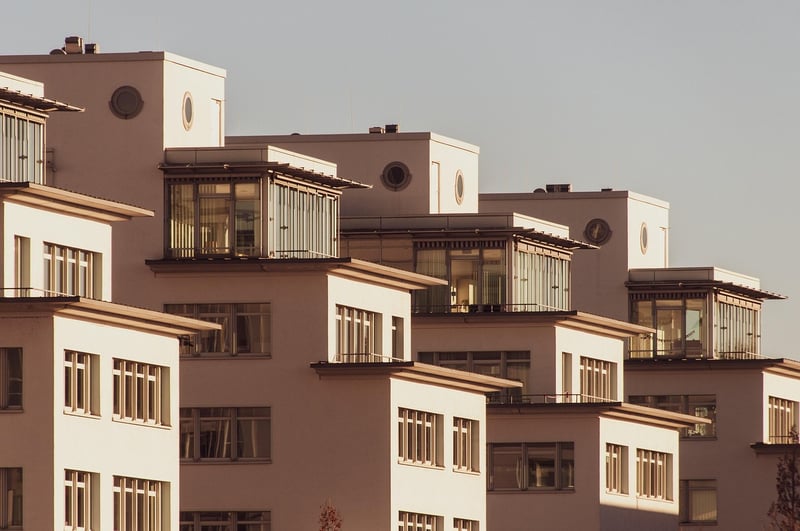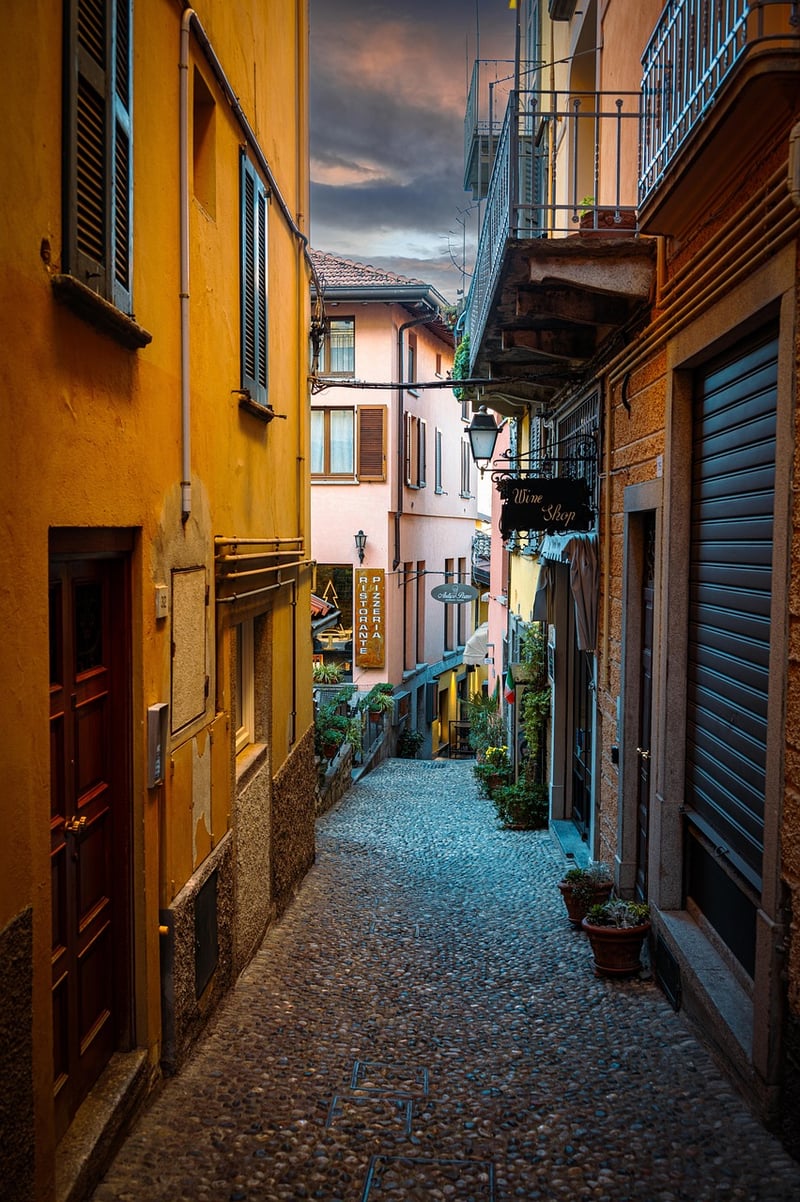Green Streets
Transforming Urban Spaces with Greenery
Urban environments are often characterized by concrete jungles that lack green spaces, leading to various environmental and health issues. However, the concept of Green Streets is gaining popularity as a way to introduce nature into urban settings and enhance the quality of life for city dwellers.
Benefits of Green Streets:
- Improved air quality by filtering pollutants and reducing carbon emissions
- Enhanced aesthetics, creating visually appealing streetscapes
- Reduced urban heat island effect through shading and evapotranspiration
- Increased biodiversity, supporting local flora and fauna
- Enhanced walkability and recreational opportunities for residents
Features of Green Streets:
Green Streets incorporate various elements to maximize their benefits:
- Tree-lined sidewalks: Planting trees along streets provides shade, improves air quality, and enhances the visual appeal of the area.
- Rain gardens: These vegetated areas help manage stormwater runoff, reducing the strain on urban drainage systems.
- Green roofs: Installing vegetation on building rooftops can reduce energy consumption, mitigate the urban heat island effect, and increase biodiversity.
- Urban parks and pocket gardens: Creating green spaces within urban areas offers residents access to nature for relaxation and recreation.
Examples of Green Streets Initiatives:
Many cities around the world have implemented Green Streets projects to enhance their urban environments. Some notable examples include:
- Brooklyn Bridge Park, New York City
- Green Streets Program, Portland
- Green Streets in Vancouver, Canada
Transforming Your City:
If you're interested in promoting greenery in your urban area, consider advocating for Green Streets initiatives with local authorities, community groups, and environmental organizations. By working together, we can transform our cities into greener, healthier, and more vibrant spaces for all to enjoy.

